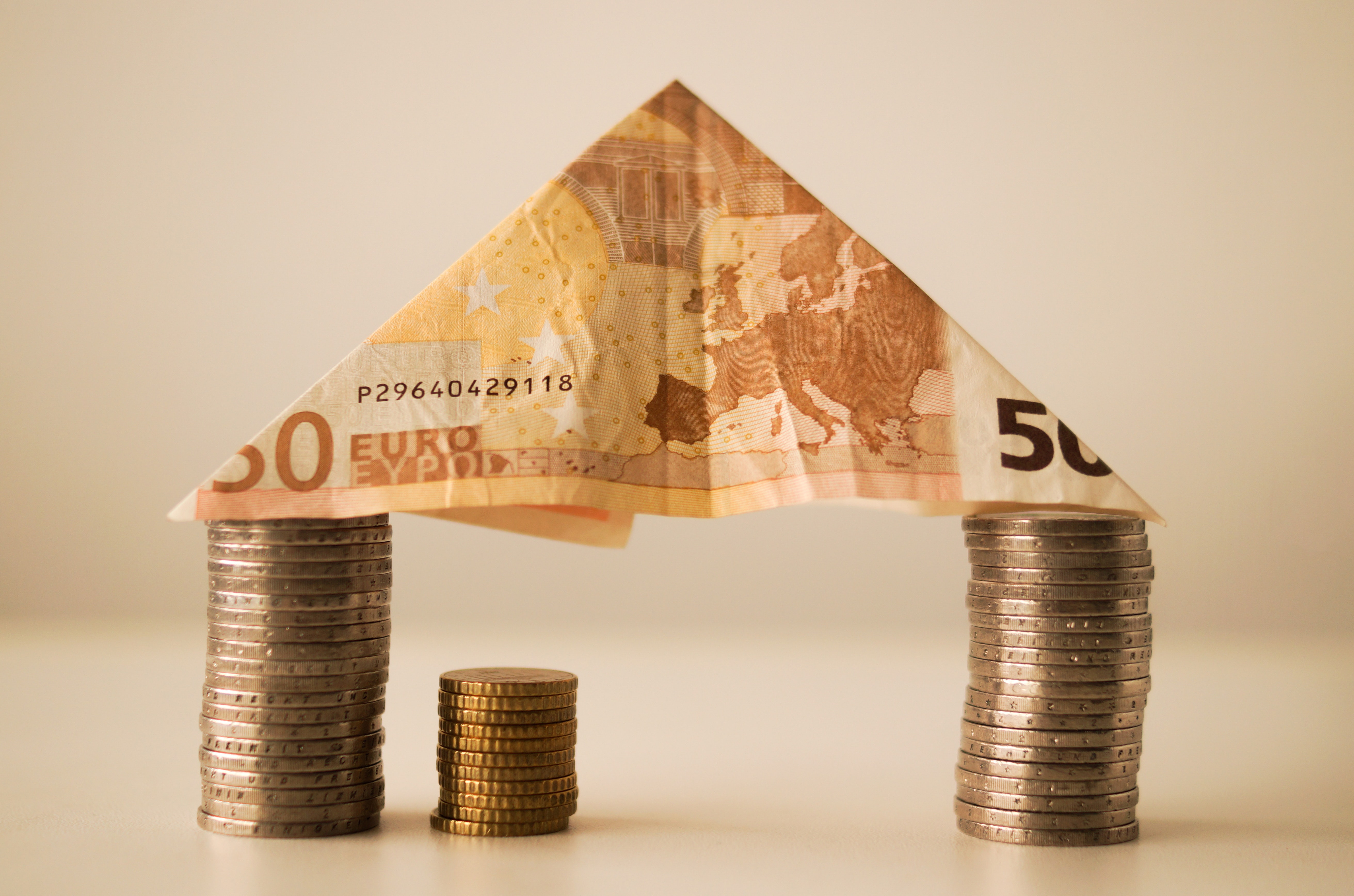- “Money is only a tool. It will take you wherever you wish, but it will not replace you as the driver.” ~ Ayn Rand
As a newborn idea of an imperfectly perfect discovery, money to has its story of evolution. As Rand said, it’s just a tool and is one of the most important necessities of today, being in large digits or small doesn’t matter.
From its beginning, as an unconscious mode of the economic transaction to a consciously developed idea, the following are the five major benchmarks in the timeline of Money.
1. Product Based Exchange (Barter System)
Barter Exchange System, is the earliest form of transaction known. People used to exchange their services or goods like wool, animal skin, wheat, rice, weapons, jewelry etc. This direct form of exchange, in person, is called the barter system.

Such a system worked as demands or needs of people were low and area of exchange was limited. Steadily, problems associated with borrowing, lending, trading, storing and evaluation or value of goods or services, started to emerge. Gradually, as the circumstances and needs of people hiked, people started to think upon the different method of exchange and eventually money was discovered.
2. Metallic Money
Around 5,000 BC, according to historians, under the rulers and kingdoms, the metallic money, like gold, silver, and copper was started to flow in the market. Although, many parts of the history has seen the precious metals flowing in the market, still, the major problems of exchange, value, and storage remained unaddressed. Storing, making and transportation of precious metals was yet another issue.

Standardized coins were first introduced by Lydians, who became the first Western Culture to make coins. These were later replaced with token coins.
In present days, the alloy is used to mint coins instead of gold and silver and is only used for limited and little retail payments.
3. Paper Money
A major turn in the journey of money came when the paper was used to make it.
It is trusted that this form was discovered somewhere through the issuing and agreeing of paper receipts by money lenders in Old Iraq. These lenders were actually, goldsmiths, who lived lavish and luxurious life. When they kept the valuables of people in the safe room, they issue a receipt as proof for the stored goods.

This became a fitting credit tactic, used for faithful lending, borrowing, and payment. By the 19th Century, commercial banks initiated their own notes of variant denominations and shades. But Central Bank, removed it as it became unacceptable and problematic. Central bank became the regulator and of paper money.
Also, with the conversion of paper money to gold became another problem during first and second world wars, thus it was closed. Today, almost all countries issue their own currencies in accordance with their monetary requirements and economics and government is responsible for the security of it.
4. Plastic Money
With the onset of technology, machines, and gadgets, all the problems started deluding almost simultaneously with science.

As the paper money established its place in the economics, so does cash deposits and cheques or plastic money as it is called. It’s not the actual money but a card, credit or debit, made of plastic, used to deposit or withdraw money, through banks directly or ATM machines.
This made the transportation, evaluation, and transactions easier and legit. Also, the conversion of cash is safer and simpler.
5. Digitalising Currency
In present 21st era, with the inception of advanced, established and comprehended the use of computer codes and applications, money has reached its second benchmark, with the commencement of Cryptocurrency and BitCoin; a form of digital currency. It isn’t an online electronic transaction that we are talking about but the physical money is itself digitalized.

In this system, every person in the network of transacting virtual currency has to keep a record of balances, as the money is decentralized. Each cryptocurrency uses the method of distributed ledger technology, to secure and serve public financial transaction database.
After many failed attempts in the 1990s, a decentralized digital cash system finally came into existence, with the onset of BitCoin in 2005. After BitCoin, around 4000 alternative or variants of bitcoin has been developed.
Today many Cryptocurrency trading and Crypto Signal Groups or Channels exist as well, like Crypto Telegram Signals, which can help in investing and profit-making. These channels provide information and update about the latest trends in the digital money market, like bitcoin exchanges value. But with the era of bitcoin and Cryptocurrency trading, the embarkment of scams has emerged as well. Thus, one needs to cautious while entering any of these groups and investing.
The digitalization of money is the leading change in the form of a money transaction and the future of money transformation in its form and shape seems to see no stop.


